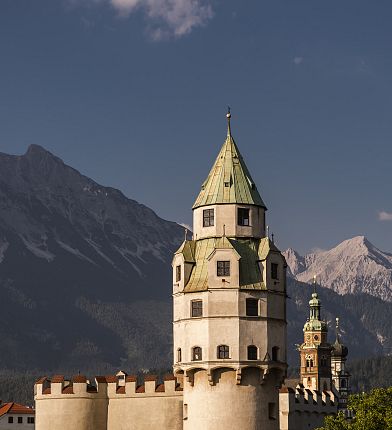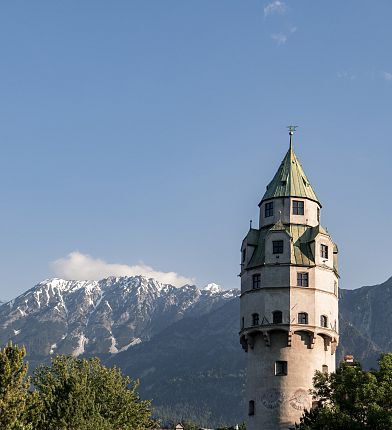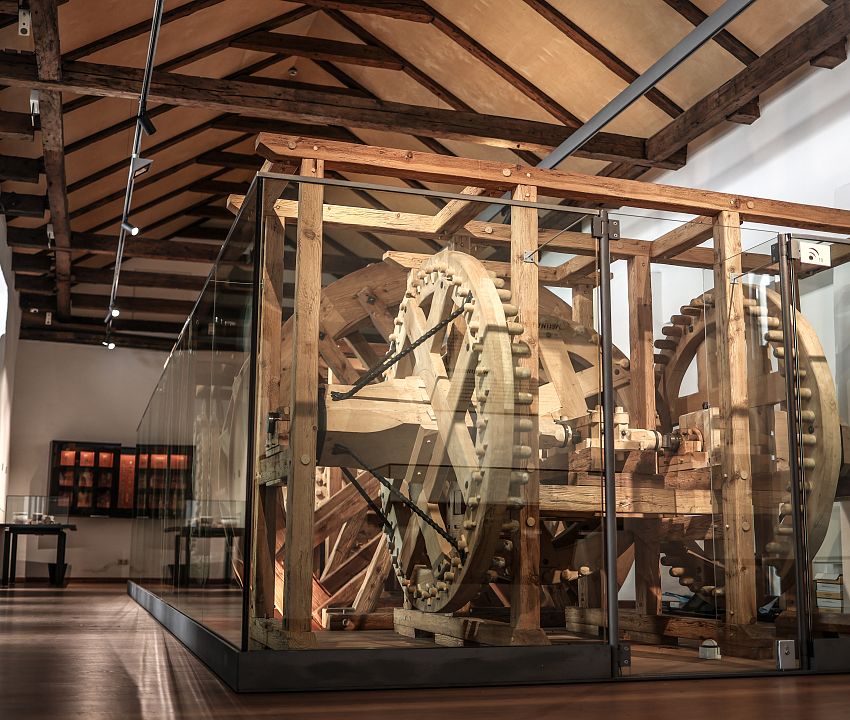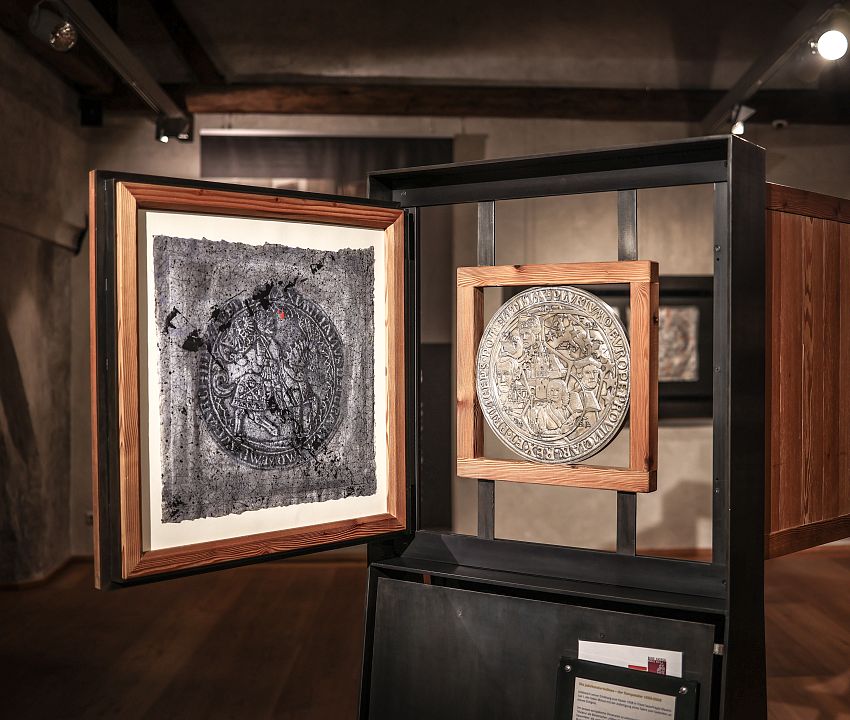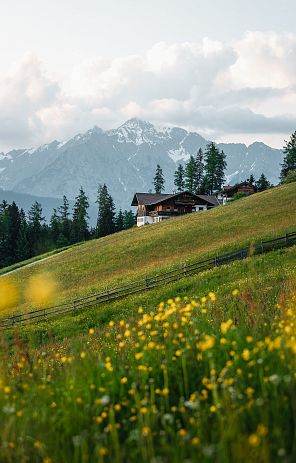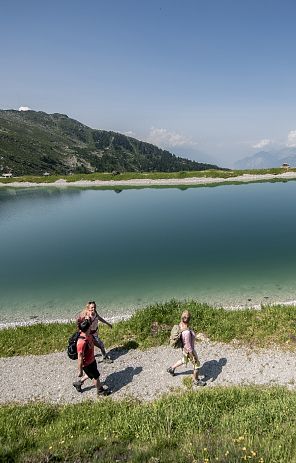Hasegg Castle. In Hall in Tirol
First mentioned in documents in the 13th century, the castle was built to protect the salt works, shipping, the bridge over the Inn and to monitor the old salt road. The name comes from the Pfannhäuser, where brine was evaporated and at whose "Egg" (corner) the castle was located. In the 15th century, the castle was expanded into a princely residence. In 1567, Archduke Ferdinand II had the mint moved here.
The famous St. George's Chapel and the state rooms are not open to the public, but can be hired for weddings and events.
